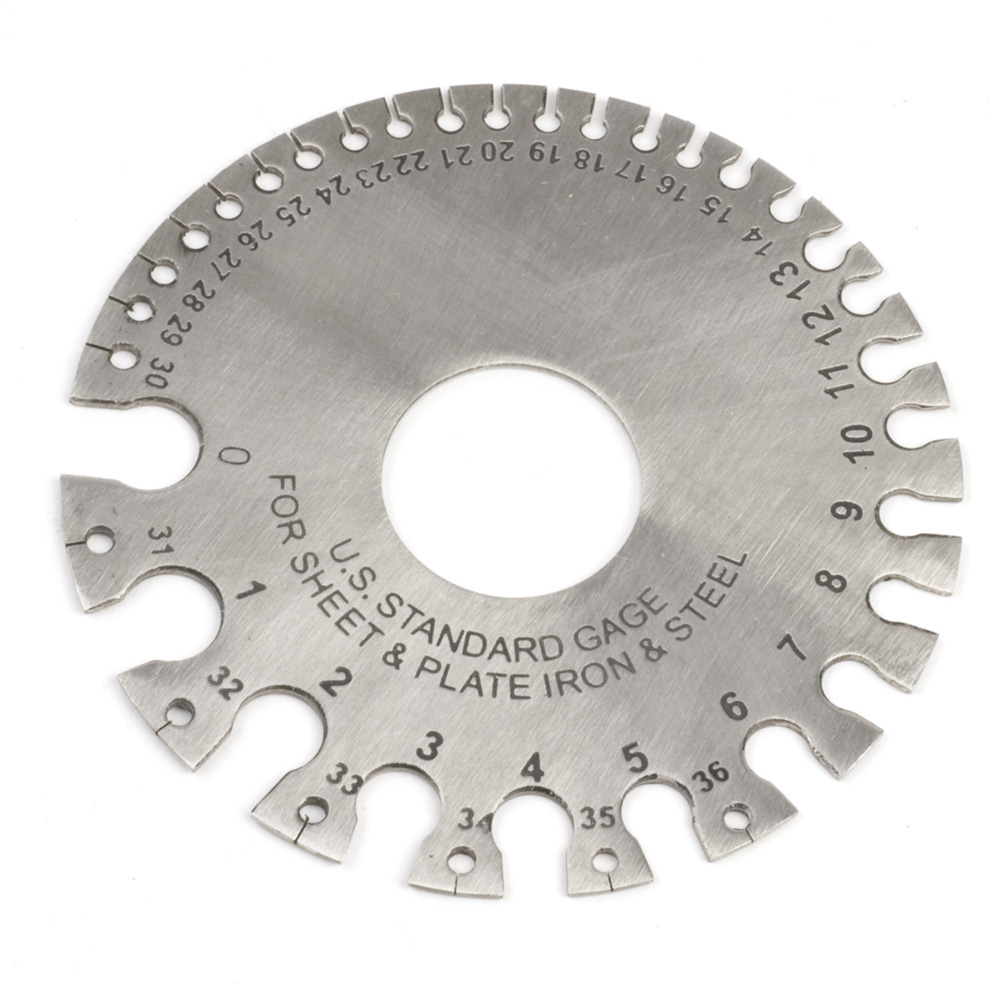
Heavy Wall Silicone Flex Glass®
Silicone Coated Fiberglass Sleeving
Heavy Wall Flex Glass® is engineered from a high quality braided fiberglass sleeve surrounded by a heavy silicone rubber coating. SGH expands slightly for easy installation, and is tough and flexible enough for use in tight radius applications. The silicone coating will expand and flex without cracks or fractures, and the treated fiberglass minimizes end fray and dusting during assembly and use. Heavy Wall Flex Glass resists dielectric breakdown caused by operational stresses.
SGH is highly abrasion resistant and remains flexible in low temperature applications. It is also resistant to common chemicals, inorganic acids, alkalis and alphatic hydrocarbons. Rated to 392°F. (Class H), SGH is in extensive use in dry-type transformer applications, and is ideal for terminal insulation and protection in a wide range of operating environments.
Why Is Insulating Wires Important?
Safety: Insulating wires helps prevent electrical shock and electrocution by creating a barrier between the electrical conductor and anything or anyone that may come into contact with it. This is particularly important in high-voltage applications where the risk of injury is greater.
Prevention of short circuits: Insulation helps prevent short circuits, which can lead to fires, equipment damage, and electrical hazards.
Protection of equipment: Insulating wires helps protect electrical equipment from damage caused by exposure to moisture, dust, chemicals, and other environmental factors.
Efficiency: Insulating wires can help improve the efficiency of electrical transmission by reducing the amount of energy lost through leakage.
Compliance: Insulating wires may be required by regulatory agencies or building codes to ensure compliance with safety standards.
How to Choose The Correct Braided Sleeving
A lot of factors go into determining the correct braided sleeving wire protection method for your project. We’ve broken it down to help you narrow your search:
- Operating Temp: Is your wire harness going to be regularly exposed to extreme temperatures or possible flames? The operating temperature of your harness is a critical consideration when choosing sleeving to ensure that the sleeving you select can withstand the intended environment and provide adequate protection.
- Flexibility & Expansion Ratio: Flexibility is an important factor if your wire harness will be snaking around a lot of corners or curves or is frequently moving. Expansion ratio refers to the amount by which the diameter of a braided sleeving can increase when stretched. The expansion ratio of braided sleeving can vary depending on the material it is made of and the construction of the braiding.
- Material: Braided sleeving is available in a wide range of materials to provide different levels of abrasion, UV, and chemical resistance. Material also effects wire harness weight, EMI protection, and flexibility.
- Cutting Tool: Checking the recommended cutting tool for a sleeving product allows you to ensure you have the tools necessary for the job. If using a hot knife is not feasible for you, be sure to look for sleeving options that can be cut fraylessly with scissors.
- Sleeve Vs. Wrap: If you are consistently changing the wires & cables of your harness then a split wrap may be a better option for you than a solid sleeving product to installation is fast & easy.
- Industry & Environment:Techflex® braided sleeving products are organized into categories based on the most common uses of each product. If you work in a specific industry, visiting the corresponding product category may be a fast way to see applicable sleeving options for your project.
- Color choices: Braided sleeving is great for matching, color coding, and to identify wires & cables. If color coding is your goal, make sure the product you are considering offers enough colors for your project.

What is AWG (American Wire Gauge)?
The American Wire Gauge (AWG) is a standard for measuring the size of electrical wire in the United States. It is a method for determining the cross-sectional area of a wire, which is expressed in units of circular mils (one mil is equal to one thousandth of an inch).
AWG is a standardized system that assigns a specific number to each wire size based on its diameter. The larger the wire diameter, the smaller the AWG number. For example, a 10 AWG wire has a larger diameter than a 16 AWG wire.